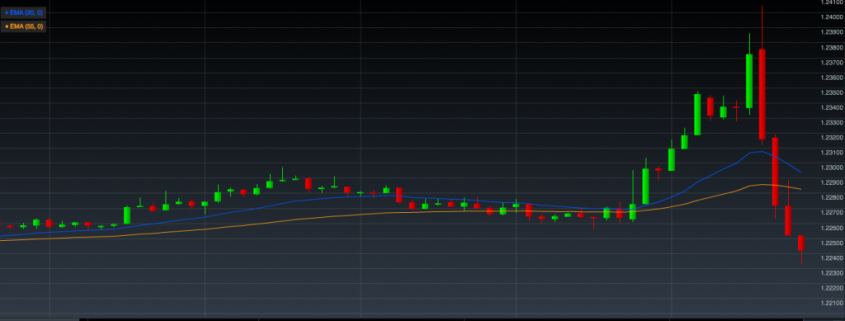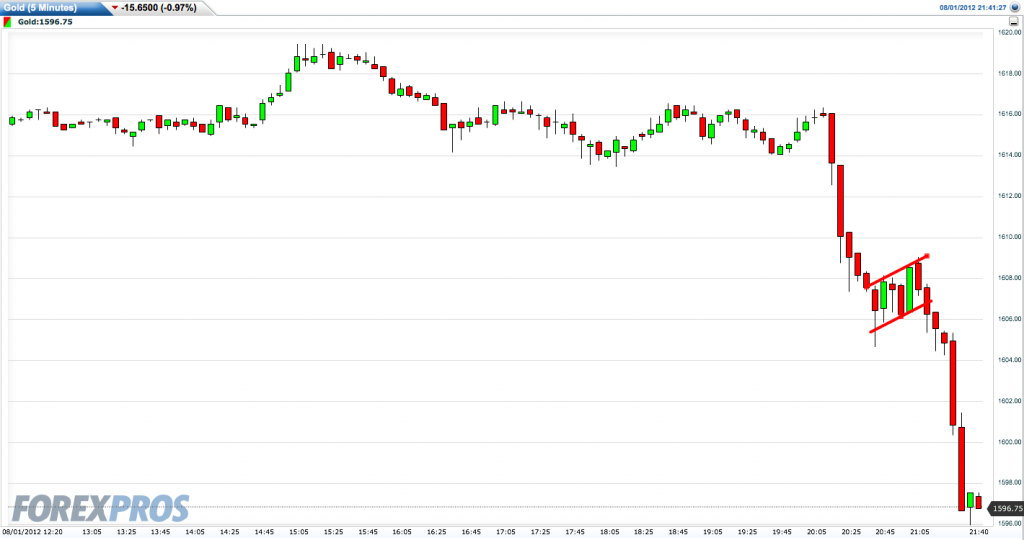Some of you might have heard the term before, but are not really sure what it means. So what exactly does self-actualisation mean?
The term originally came from Maslow’s hierarchy of needs, which represents the things people strive for as they grow and evolve. As we progress from basic needs like food and shelter to more complex ones like esteem and knowledge, what awaits at the top is self-actualization.
Simply put, it is reaching your full potential, and in the context of trading, it means being able to become the “ideal” trader which you envision.
If you’re been trading for many years, you should have acquired many different skills and experience. But are you putting these to good use? How is it possible for you to reach your full potential?
The key lies not in using everything you have learnt, but rather in knowing what is not essential. Once you learn to think in essentials, you will realise that you will have to discard most of what you have learnt, and focus on the 10-20% that works. Clinging on to old baggage will slow your progress.
Now, I want you to visualise a circle. Label this circle “Current Reality”. This circle represents what you are currently like – your habits, your style, your results, your skill level, and your attributes. Take some time to do some self-reflection, and figure out what is wrong.
Next, visualise another circle which partially overlaps the first circle. Label this circle “New Reality”. This circle represents what you want to become, and is a blueprint of the “ideal” trader which you have envisioned, and embodies all the essential attributes of such a trader.
The overlapping region is the zone of self-actualization.
Let me give you an analogy. If you want to lose weight or get fit, the “Current Reality” could be someone who does not exercise and eats unhealthily, while the “New Reality” is picture of the gorgeous body you saw in some health magazine. The zone of self-actualization is then simply the series of steps you take to bridge the gap between dreams and reality.
Insanity is doing the same thing over and over again, and expecting different results. This means taking the time to learn from your mistakes. The bottom line is, if you want different results, something has to change.

If you would like to learn more about trading psychology, also check out: “The Complete Guide to Investing & Trading Psychology”











